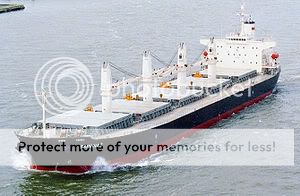E
EarthlingX
Guest
Asteroid sample return mission proposal
From Astrobiology Magazine :
Interrogating the Asteroid
This is link to current Goddard News Letter
http://gsfctechnology.gsfc.nasa.gov/new ... urrent.pdf
There are search results for rex on NASA's Goddard Space Flight Center.
From Astrobiology Magazine :
Interrogating the Asteroid
Posted: 03/16/10
Based on a NASA Goddard news release
Summary: Researchers have proposed a new sample-return mission to visit the asteroid 1999 RQ36. Such a mission could help us learn how to move an asteroid that's set on a collision course with Earth.

This is an artist's concept of the OSIRIS-REx spacecraft taking a sample from asteroid RQ36.
Credit: NASA
This is link to current Goddard News Letter
http://gsfctechnology.gsfc.nasa.gov/new ... urrent.pdf
There are search results for rex on NASA's Goddard Space Flight Center.







